Roger T. Dean
Computer Assisted Composition in Continuous Time
Sep 10, 2019

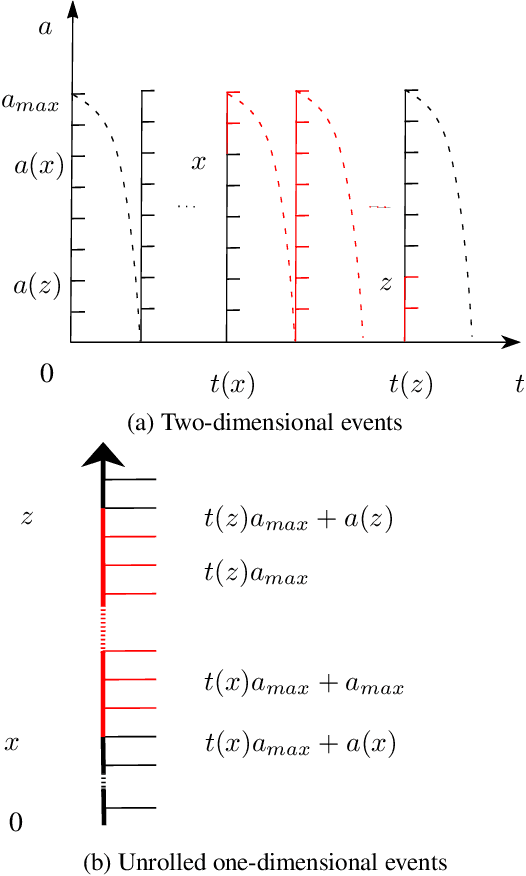
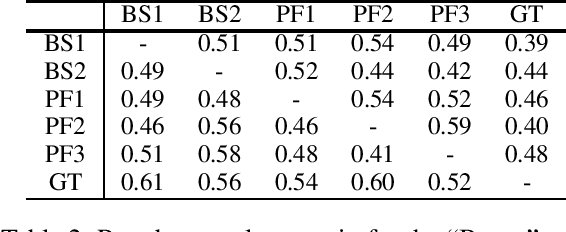
Abstract:We address the problem of combining sequence models of symbolic music with user defined constraints. For typical models this is non-trivial as only the conditional distribution of each symbol given the earlier symbols is available, while the constraints correspond to arbitrary times. Previously this has been addressed by assuming a discrete time model of fixed rhythm. We generalise to continuous time and arbitrary rhythm by introducing a simple, novel, and efficient particle filter scheme, applicable to general continuous time point processes. Extensive experimental evaluations demonstrate that in comparison with a more traditional beam search baseline, the particle filter exhibits superior statistical properties and yields more agreeable results in an extensive human listening test experiment.
Towards a Deep Improviser: a prototype deep learning post-tonal free music generator
Dec 21, 2017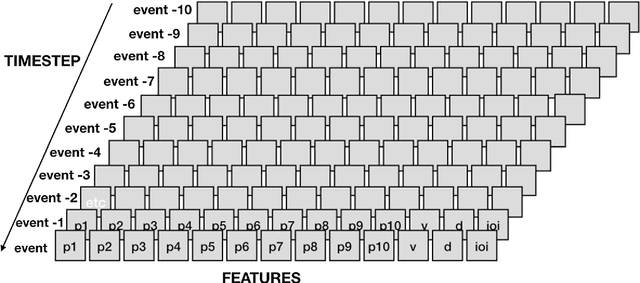
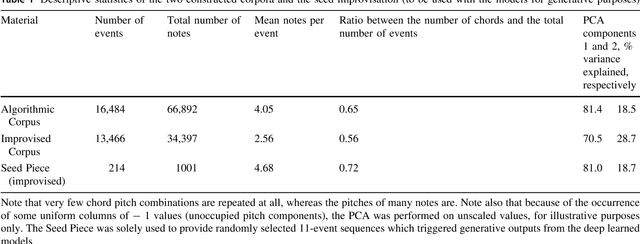
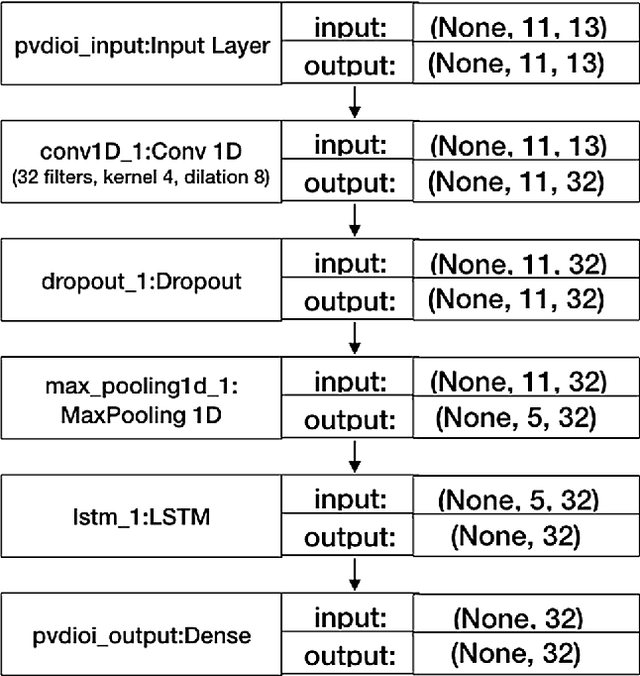
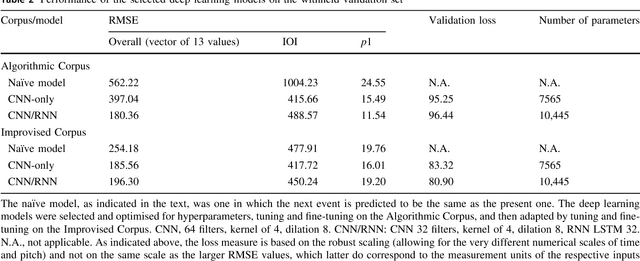
Abstract:Two modest-sized symbolic corpora of post-tonal and post-metric keyboard music have been constructed, one algorithmic, the other improvised. Deep learning models of each have been trained and largely optimised. Our purpose is to obtain a model with sufficient generalisation capacity that in response to a small quantity of separate fresh input seed material, it can generate outputs that are distinctive, rather than recreative of the learned corpora or the seed material. This objective has been first assessed statistically, and as judged by k-sample Anderson-Darling and Cramer tests, has been achieved. Music has been generated using the approach, and informal judgements place it roughly on a par with algorithmic and composed music in related forms. Future work will aim to enhance the model such that it can be evaluated in relation to expression, meaning and utility in real-time performance.
The Character Thinks Ahead: creative writing with deep learning nets and its stylistic assessment
Dec 21, 2017Abstract:We discuss how to control outputs from deep learning models of text corpora so as to create contemporary poetic works. We assess whether these controls are successful in the immediate sense of creating stylo- metric distinctiveness. The specific context is our piece The Character Thinks Ahead (2016/17); the potential applications are broad.
 Add to Chrome
Add to Chrome Add to Firefox
Add to Firefox Add to Edge
Add to Edge